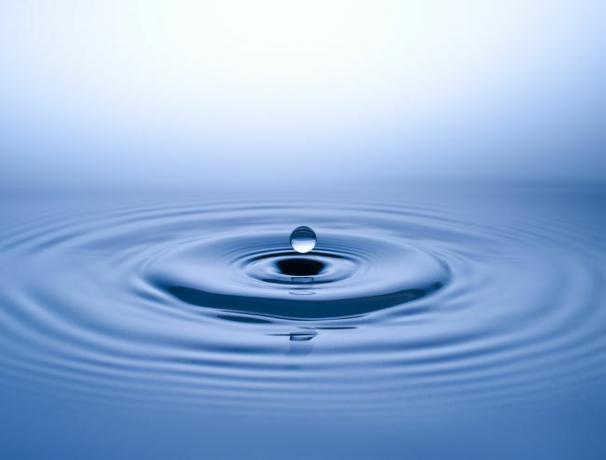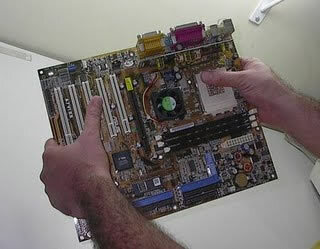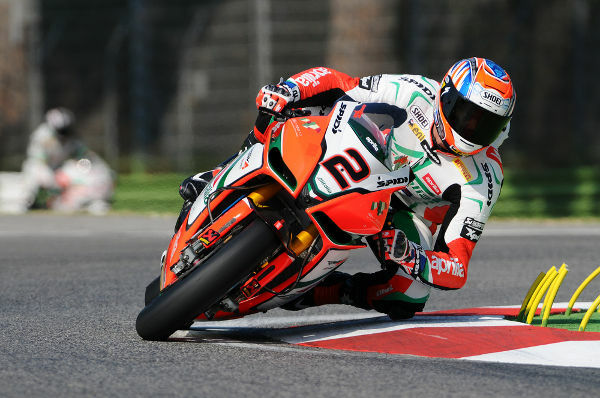In studies related to phase changes of substances, we see that it is possible to bring about this change by supplying or withdrawing thermal energy. The simplest examples of this occurrence are changes in state from solid to liquid, from liquid to gas, or vice versa. For example, if we heat a piece of ice, that is, if we give it heat, we will see that it melts (or melts).
Therefore, we can say that state change it is an internal reorganization of the atoms (or molecules) of a substance, causing significant changes in its properties.
Heating and cooling curves: what happens during a phase transition.
Heating or cooling curves show the variation in temperature over time as the object loses or gains energy.
Let's consider an amount of 1kg of ice with an initial temperature of -20°C (point A in the figure above) and which receives a constant heat rate of 1000 watts, that is, 1000 J/s.
Upon receiving this energy, the water molecules that are organized as a solid begin to oscillate each faster, causing a linear increase in temperature, which is determined by the equation: Q = m.c.Δt.
Do not stop now... There's more after the advertising ;)
This occurs until the moment the ice reaches a temperature of 0°C, point B on the graph, when the oscillation of the molecules is such that the bonds between them begin to break. At this point, the ice begins to melt and all the energy supplied is used to break the bonds that hold the structure solid.
For this reason, the temperature remains constant until all the ice is melted, even though energy is continuously supplied. The energy supplied during the transition can be obtained from the expression Q = m. L.
From the moment the ice is completely melted (point C), the water temperature increases constantly. Its molecules vibrate faster until they reach the boiling temperature (point D).
The heat received from that moment on will be used to vaporize the water, which remains at a constant temperature until the liquid has completely evaporated (point E). All energy received from that point will be used to heat the steam.
The construction of graphs of this type, from experimental data, makes it possible to accurately determine the transition temperatures and the values of specific heat and latent heat.
By Domitiano Marques
Graduated in Physics
Would you like to reference this text in a school or academic work? Look:
SILVA, Domitiano Correa Marques da. "Heating and cooling curves"; Brazil School. Available in: https://brasilescola.uol.com.br/fisica/curvas-aquecimento-resfriamento.htm. Accessed on June 27, 2021.



